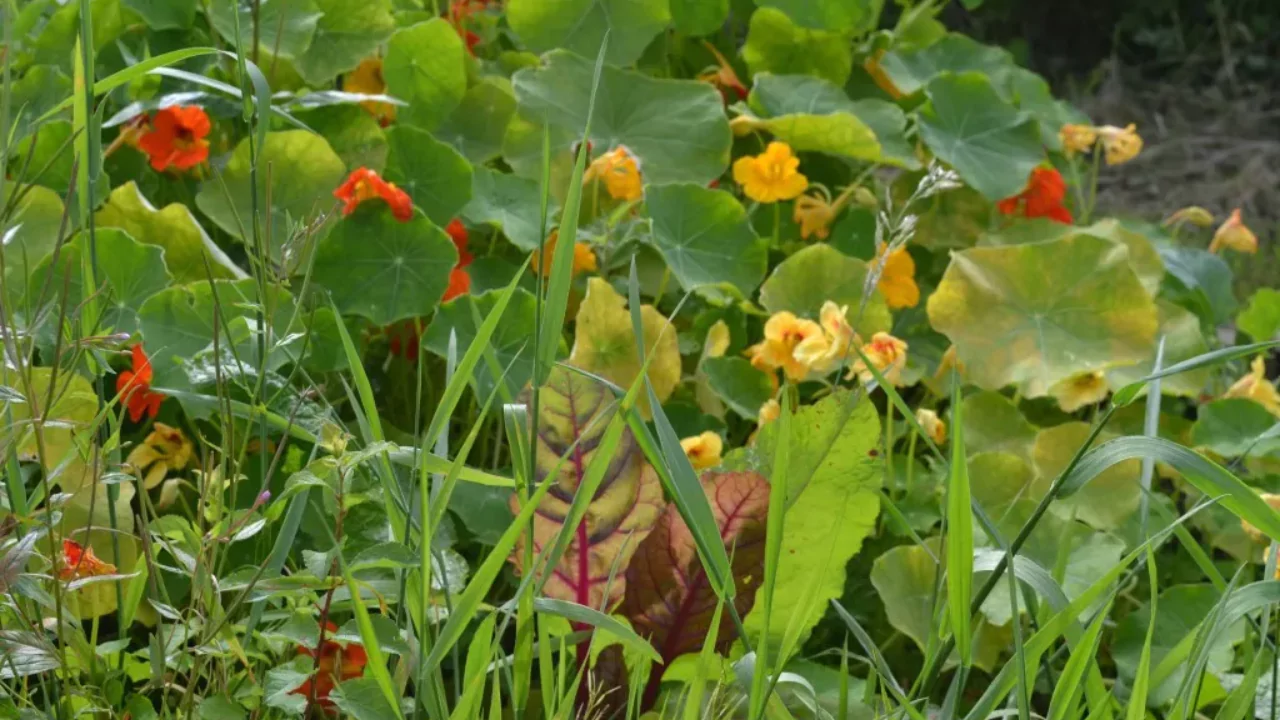Community gardens are attractive options for beautifying neighborhoods as a way to unite communities. Perhaps you do not have the space to have a garden at your own home; in this case, a community plot would be a great opportunity.

What is Community Gardening?
Community gardening is a relatively new concept initiated in the past few decades. The practice originated in urban centers to offer green spaces and gardening activities to people who did not own houses.
It includes empty lots that are either donated by the city or landowners. Some community gardens are managed by non-profit organizations aimed at helping low income families. Usually, colleges and universities are active in sponsoring the gardens.
Those who want to fully participate share the responsibility of tending the garden, which includes weeding and watering. Organic practices are used in many gardens, and are required to be upheld by participants. Classes are often provided to participants which aid those who have not gardened before.
Participation in community gardening is frequently accompanied by a modest fee. Oftentimes, these fees are waived for families who are unable to pay, although those families may be required to provide additional labor as volunteer caretakers of the garden beyond tending to their individual plots.
Benefits of community gardening
The broad scope of community gardening covers numerous advantages, most of which could not be captured in this brief account. Lack of time and space availability has caused gardening to transform into a lost skill for many people.
Traditionally perceived as a rural activity, gardening is regaining popularity in urban and suburban settings. Apart from building communities, such activities also have additional benefits:
- Saving green areas
- Providing educational experiences for children and adolescents
- Brings neighbors from a wide variety of backgrounds together for a common cause
- Reduces crime in the gardening neighborhood
- Makes neighborhoods more beautiful
- Is environmentally friendly
- Reduces food budgets
- Provides opportunities for immigrants to grow food that is unavailable locally
- Provides food independence
- Builds self esteem
Finding a Community Garden
There are various ways for discovering community gardens nearby and for those wishing to take part in a community project. Through the websites provided below, you can easily locate specific neighborhood community gardens.
It is difficult to appreciate the value of a community garden that is located at a distance because membership increases the likelihood that you will lack free time to adequately tend to it.
Providers of community gardens can be found within the bounds of your local community, making it an ideal starting point. You might first inquire with local schools.
A good number of schools and educational institutions are beginning to allocate some space for gardening, and in most cases this is available to the public. Furthermore, check with private colleges and universities.
Business parks within metropolitan areas usually have some form of gardens within their premises. This helps with the beautification of the dull and vacant areas.
In addition, gardens can be found in parks, so it would be a good idea to get in touch with your city’s parks and recreation department.
If you do not manage to locate one, then you might want to consider starting off on your own. Below there are some resources that can assist you with some of the steps of the process. One great way to get started is approaching your neighbors on the interest level for such a project.
If you are the only interested person for this case, then trying to convince your city to allow you to start one will be a very futile activity. It is often said, there is power in numbers.